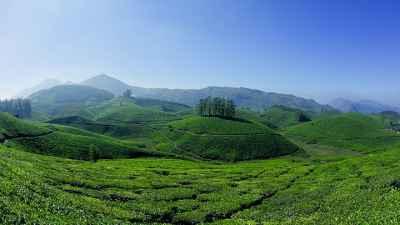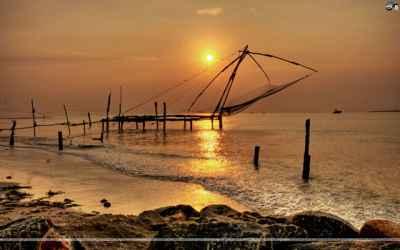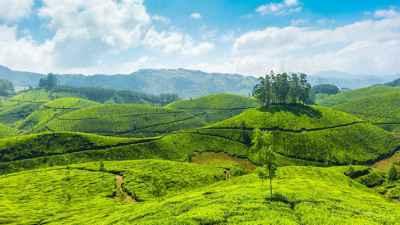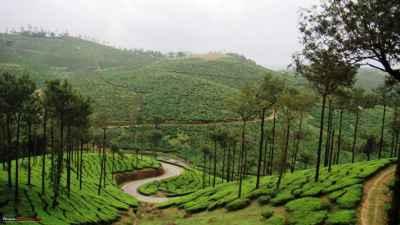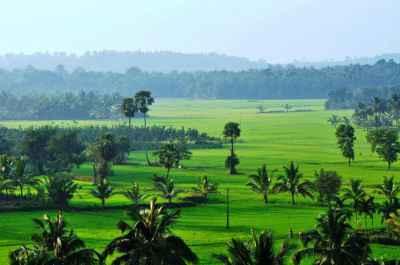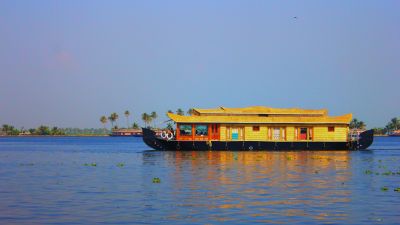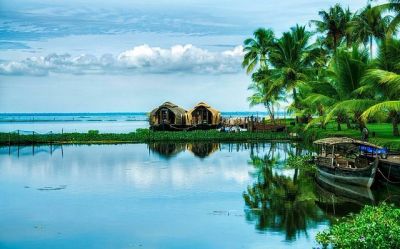The Potters’ Villages of Kerala: From Clay to Kettle
Kerala, known for its picturesque backwaters, lush greenery, and vibrant culture, is also home to a unique artistic heritage – pottery making. The potters’ villages of Kerala are a testament to the rich tradition of clay craftsmanship that has been passed down through generations. In this blog post, we explore the fascinating journey from clay to kettle in these charming villages of Kerala.
The Art of Pottery Making
Pottery making is an ancient craft that dates back thousands of years. In Kerala, it has been practiced for centuries, with each region developing its own distinct style and techniques. The potters’ villages, scattered across the state, are where these skilled artisans work their magic.
The process begins with the raw material – clay. The potters carefully select and sift the clay to remove impurities before mixing it with water to create a workable consistency. This clay is then shaped into various forms using a potter's wheel or hand-building techniques.
Once the basic shape is created, it is left to dry before the intricate detailing begins. Skilled potters use their nimble fingers to carve patterns, add textures, or create intricate designs on the surface of the pottery. These patterns often reflect the local culture and traditions, making each piece unique.
After the detailing is complete, the pottery is left to dry thoroughly. Once it reaches the desired level of dryness, it undergoes the first firing in a kiln. This firing process, known as bisque firing, hardens the pottery and prepares it for glazing.
Glazing is the next step in the process. The potters apply a layer of glaze made from a mixture of different minerals to give the pottery a smooth and glossy finish. This glaze not only enhances the aesthetic appeal but also acts as a protective layer.
Once the glaze dries, the pottery is fired again, this time at a higher temperature. This firing process, called high-firing, ensures that the glaze fuses with the clay, creating a durable and water-resistant final product. The intense heat of the kiln transforms the clay into a beautifully finished piece of pottery.
The Potter’s Villages
The potters’ villages of Kerala are scattered throughout the state, with each village specializing in a particular style or type of pottery. Some of the well-known villages include Beypore, Nilambur, and Peralassery, among others. One of the most famous pottery villages in Kerala is Kumarakom, a village located on the banks of Lake Vembanad.
Kumarakom is renowned for its unique style of pottery known as Manjadi, which is characterized by its vibrant colors and intricate patterns. The pottery made in Kumarakom is not only visually appealing but also functional, with a wide range of products such as cups, plates, bowls, and vases being crafted by the local potters. Visitors to Kumarakom can not only observe the pottery-making process but also purchase these beautiful pieces directly from the artisans.
Another pottery village worth exploring is Aruvacode, located near Thrissur. Aruvacode is famous for its terracotta pottery, which is made using traditional techniques passed down through generations. The potters here mold the clay into stunning sculptures depicting various aspects of Kerala's rich cultural heritage, including traditional dance forms, temples, and mythical creatures.
Apart from Kumarakom and Aruvacode, there are many other villages in Kerala that offer a glimpse into the world of pottery making. Each village has its own unique charm, with artisans willing to share their knowledge and skills with visitors.
Preserving a Heritage
The potters’ villages of Kerala play a crucial role in preserving the cultural heritage of the state. Despite the rise of modernization and the influx of factory-made products, these artisans continue to create exquisite pottery using traditional techniques. This not only keeps the craft alive but also provides a sustainable livelihood for the potters and their families.
By supporting the potters’ villages and purchasing their handmade pottery, visitors can contribute to the preservation of this ancient craft and help ensure its survival for generations to come. Additionally, learning about the pottery-making process and the stories behind each piece adds a deeper appreciation for the art form and the hard work that goes into creating these beautiful pieces.
Conclusion
The potters’ villages of Kerala offer a unique opportunity to witness the skill and craftsmanship of the local artisans. From the shaping of clay on the potter's wheel to the intricate detailing and the final firing, every step in the pottery-making process is a labor of love. These villages not only showcase the rich artistic heritage of Kerala but also provide a glimpse into the lives of the potters who continue to keep this age-old tradition alive.
So, when you visit Kerala, take a detour to one of these potters’ villages and immerse yourself in the world of clay and creativity. Explore the intricate patterns and vibrant colors of the pottery, buy unique handmade souvenirs, and support the artisans who dedicate their lives to this ancient craft. And don't forget to share your experience and spread the word about these hidden gems of Kerala's artistic heritage!
Disclaimer : The information provided in this blog is for general informational purposes only. While we strive to keep the content accurate and updated, TravelSetu assumes no liability for errors or omissions. If you believe any part of this blog infringes your rights or causes concern, please notify us immediately at info[at]travelsetu[dot]com so that appropriate action can be taken.
